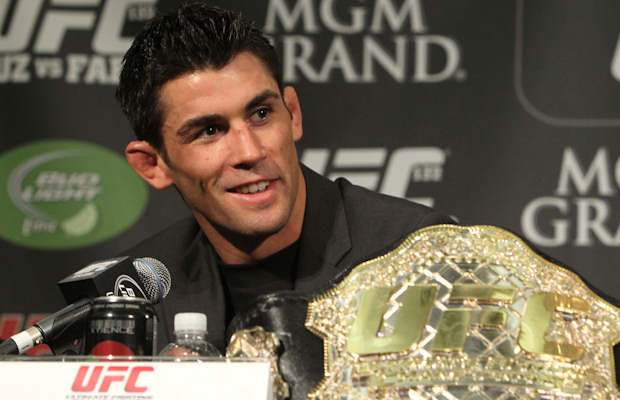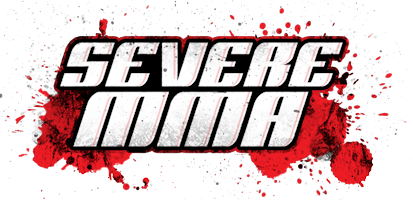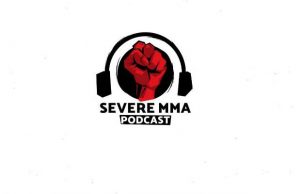

Even now, 14 months on, the spectacle of TJ Dillashaw’s systematic destruction of Renan Barao at UFC 173 remains vivid.
So unexpected, so unthinkable, was the unseating of Barao as bantamweight champion by Dillashaw, that the victory can unabashedly share the podium with Chris Weidman’s defeat of Anderson Silva at UFC 162 as the greatest upset in MMA history.
Not a single soul in full possession of their faculties gave Dillashaw even the faintest chance of troubling Barao, let alone beating him. Except, of course, the challenger himself and his avuncular coach, Duane Ludwig.
In an almost supernatural display of footwork, accuracy, speed and spatial sensitivity, the baby-faced American bewildered Barao from the moment his clubbing overhand-right floored him in the opening stanza until his final flurry in the fifth shattered a winning streak which had spanned close to a decade. Finally, Team Alpha Male had a UFC title.
As is the UFC’s wont when dominant champions are usurped, an immediate re-match was set for two months later at UFC 177, however, in dubious circumstances and citing an abject weight cut, Barao withdrew from the bout on just 24 hours’ notice.
Admirably, Dillashaw faced relative unknown Joe Soto, who had been bumped from the preliminary card in a last ditch attempt to save the event, and also disposed of him in the final round.
The unlikely narrative which surrounded the bantamweight division was also timely; at the following pay-per-view-event, UFC 178, former champion Dominick Cruz returned to the octagon after an injury-plagued three-year absence. As strange as it was to see a fighter of Cruz’s repute competing so far from the top of the bill, there was nothing odd about the manner in which he steamrolled Takeya Mitzugaki in just over a minute.
Referring to Cruz as the former champion is somewhat unsettling as he never lost his title inside the cage. He remains unbeaten as a UFC fighter. Eminently luckless, Cruz has been mired by two torn ACLs punctuated by a debilitating groin tear. Subsequently, Cruz could only defend the title he brought from WEC after the promotion was absorbed by Zuffa on two occasions, against long-time rival Urijah Faber and Demetrious Johnson.
The first ACL tear compelled the UFC to create an interim title for which Barao defeated Faber. When Cruz was side-lined by the groin injury, the UFC’s hand was forced, and Barao was made the undisputed champion following his victory over Eddie Wineland. Barao could only manage one defence of his crown – another victory over Faber – before running into Dillashaw.
Cruz’s exploits against Mitzugaki had earned him a crack at Dillashaw but, alas, when news emerged of the second ACL tear, the most jarring feeling was one of expectancy. Apparently, Cruz’s latest return has been pencilled in for later this year, but it will have to be seen before believed.
Thus, on the eve of the re-match between Dillashaw and Barao, there are lingering doubts whether or not whoever prevails should be considered the world’s best at 135lbs.
The situation is uncannily reticent of what has transpired at light-heavyweight; does anybody unconditionally embrace Daniel Cormier as the true champion? Aside from never beating the erstwhile Jon Jones, Cormier failed to meaningfully trouble him when the two faced-off at UFC 182.
Ironically, when Dillashaw first disposed of Barao, there was an overwhelming consensus that he resembled a blond Cruz in doing so. It makes perfect sense; the former implemented the same brand of perpetual motion and angular assaults that the latter was once renowned for.
While Dillashaw was rightly lauded, there are those who posited that his performance was no more than an imitation of Cruz, albeit an incredibly accurate one. Were they right? Possibly.
For now, Cruz will have to make do with taking his place in the Fox broadcast booth, where he offers outstanding analysis alongside Cormier. It’s intriguing to wonder if, when off camera, the pair ever discuss their respective turns of fortune.



